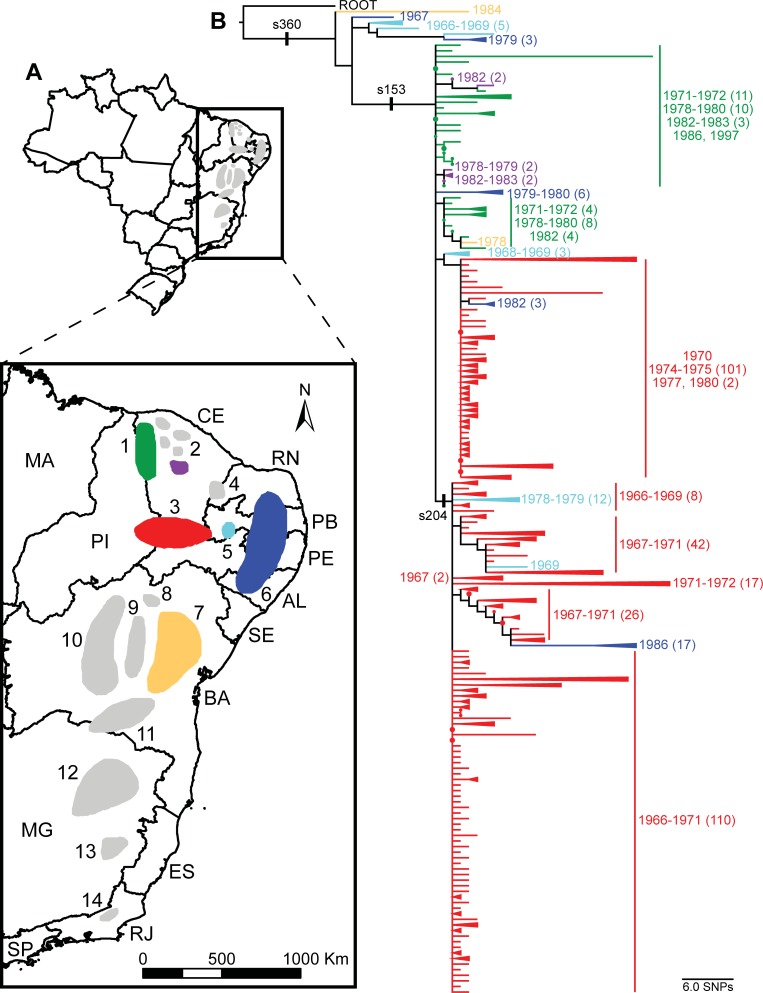Fig 2. Phylogeography of Yersinia pestis in Brazil.
(A) Map indicating recognized plague foci in Brazil. The six foci represented in this study are shown in color with unrepresented foci in gray. Foci are as follows: 1) Serra de Ibiapaba (green), 2) Serra das Matas, de Baturité (purple), de Pedra Branca, do Machado, and de Uruburetama, (these five smaller foci are sometimes grouped together as a single focus) 3) Chapada do Araripe (red), 4) Chapada do Apodi, 5) Serra de Triunfo (light blue), 6) Chapada da Borborema (dark blue), 7) Planalto Oriental da Bahia (orange), 8) Serra do Formoso, 9) Piemonte da Diamantina, 10) Chapada Diamantina, 11) Planalto da Conquista, 12) Vale do Jequitinhonha, 13) Vale do Rio Doce, and 14) Serra dos Órgãos [6]. The Brazilian state abbreviations are also indicated. (B) Maximum parsimony phylogeny based on single nucleotide polymorphisms (SNPs) identified among 411 Y. pestis genomes from Brazil and rooted on Y. pestis strain CO92. Clades containing strains isolated from the same focus and in the same or close years were collapsed to simplify the tree. Branches and clades are colored to indicate the focus of origin. The date of isolation (presented as a year or range of years, as appropriate) is indicated for groups of strains with the same focus of origin. Numbers in parentheses following each listed year or range indicate the number of strains isolated in that year or range when the number of strains is >1. The position of three 1.ORI2 SNPs from Morelli et al. [2] are also indicated on the phylogeny.

